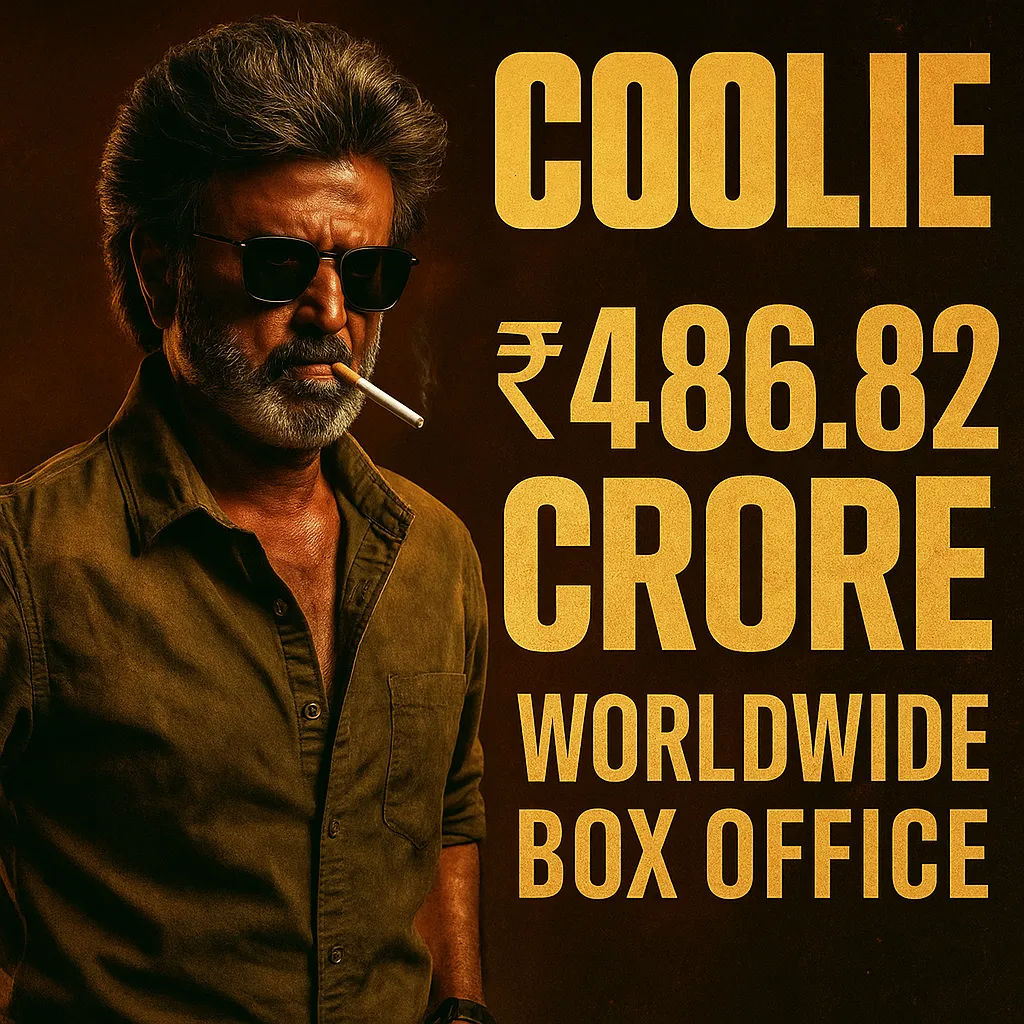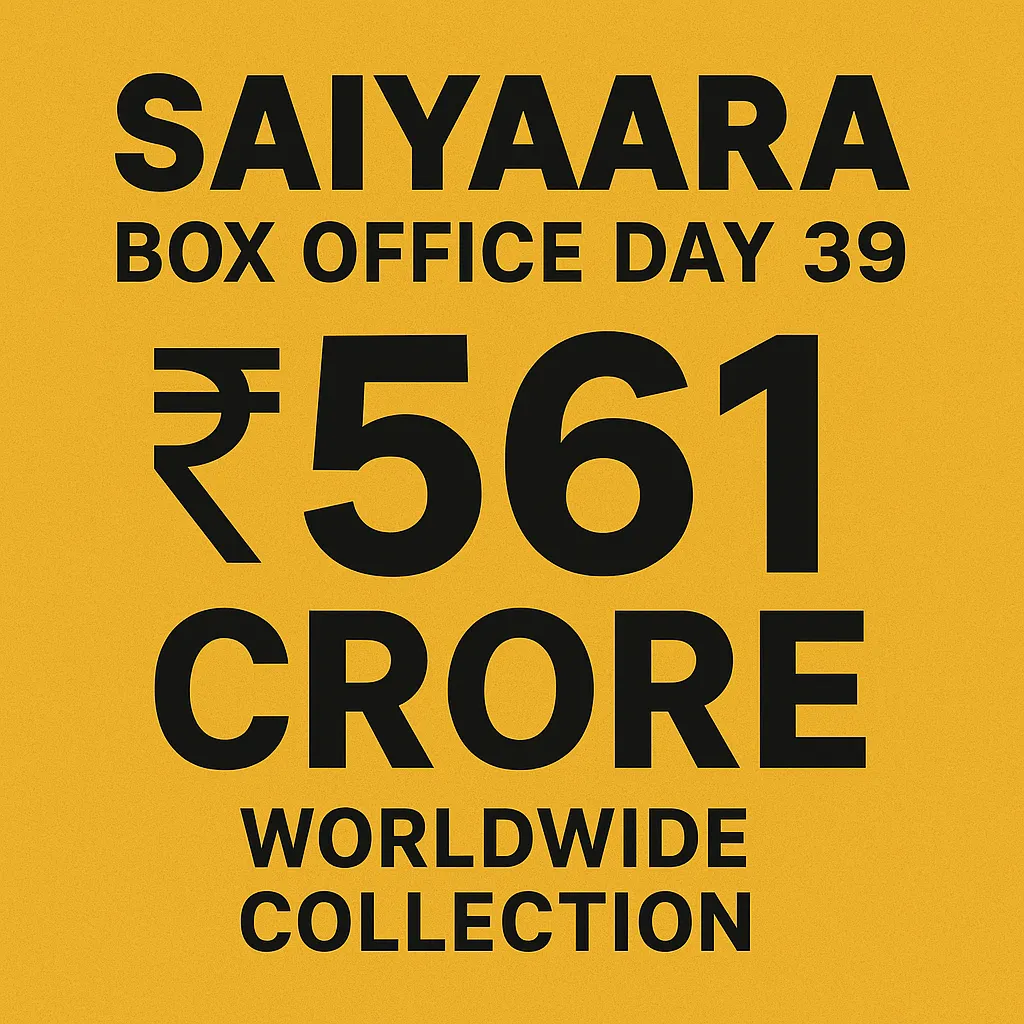Be Inspired
POWERLESS

Powerless (Katiyabaaz) – Documenting India’s Energy Divide
International Recognition
When Powerless, also known as Katiyabaaz, premiered at the 63rd Berlinale International Film Festival, it became one of the rare Indian documentaries to command global attention. Critics from across continents highlighted not only its cinematic quality but also its urgent subject matter.
Major publications offered strong praise:
- The New York Times described it as “a jarring glimpse into India’s rampant energy crisis.”
- Der Freitag called it “perhaps the best film of the year. Essential viewing.”
- Der Tagesspiegel went further, naming it “a political blueprint” rather than just a film.
- Suddeutsche Zeitung emphasized how “haunting images linger long after the Berlinale.”
- BBC Talking Movies host Tom Brook noted, “The filmmakers breathe life into what could have been a dry subject.”
- Reuters admired how it “transforms banal reality into a gripping tale.”
- The Hindu summed it up as “a reflection of the dark underbelly of shining India.”
This level of critical unanimity is rare for documentaries, particularly those from South Asia. For viewers at the Berlinale, amid Oscar contenders and high-budget features, the film stood out with its raw immediacy.
Story and Visual Language
Set in Kanpur, a sprawling industrial city in Uttar Pradesh, Powerless unfolds against the backdrop of electricity theft, blackouts, and political negotiations over power supply. The narrative captures linesmen climbing up poles without safety gear, entire neighborhoods improvising illegal connections, and families waiting through nights of darkness.
Rather than presenting abstract statistics, the film gives us lived realities. We see a linesman balancing on a tangle of wires as if walking a tightrope, risking his life while restoring electricity for others. We hear families explain how outages cripple small businesses and daily routines. This dual perspective makes the documentary resonate: survival here is not metaphorical but physical.
The cinematography captures Kanpur’s energy grid like a nervous system—frayed, overloaded, but pulsing with life. As one resident says, “Bijli ke bina sab kuch ruk jaata hai” (without electricity, everything stops). That statement is as universal as it is local.
The Creative Team
A work of this scale requires not just vision but collaboration. Powerless brought together artists, technicians, and musicians from both India and abroad.
- Fahad Mustafa, co-director, was born in Kanpur, later studied in Delhi and Vienna, and brings a background in history and global studies. His earlier work, FC Chechnya (2010), revealed his interest in politically charged subjects.
- Deepti Kakkar, also co-director, is based in Ghaziabad and has worked for more than a decade on livelihood and social development issues. Her commitment to fieldwork informs the intimacy of the film’s storytelling.
- Maria Trieb, cinematographer and editor from Vienna, crafted the film’s visual rhythm, merging vérité style with structural precision.
- Namrata Rao, one of India’s most respected editors, contributed her experience from feature films like Kahaani, Band Baaja Baaraat, and Shuddh Desi Romance (Toronto 2013).
- Indian Ocean, the iconic Delhi-based band, composed part of the soundtrack. Their fusion of classical ragas with rock has been heard in Peepli Live and Black Friday, and here it underscores the pulse of Kanpur’s nights.
- Nora Kroll-Rosenbaum, an Emmy Award-winning composer from New York, expanded the score with international textures.
- Kunal Sharma, a National Film Award-winning sound designer, added immersive depth, drawing on his work with Anurag Kashyap’s films including Gangs of Wasseypur and Black Friday.
- Amith Surendran, trained at Sydney Film School, added additional cinematography that bridges India and Australia’s documentary approaches.
- Local crew Jamal Mustafa (Assistant Director) and Ahsan Iqbal (Production Assistant) gave the project its rootedness in Chamanganj, Kanpur.
This fusion of local authenticity and global craft is what gives Powerless its unique voice.
Producers and Institutional Support
The film was produced by Globalistan Films, with ITVS (International Television Service) as co-producer. Judy Tam served as the Executive Producer for ITVS, ensuring international visibility.
A network of international film funds made the project possible:
| Supporting Institution | Contribution/Focus |
| Sundance Institute Documentary Fund | Development and production support |
| Cinereach | Creative independence and global outreach |
| IDFA Fund | Festival programming and funding |
| Asian Cinema Fund | Regional collaboration in Asia |
| Alter Cine Foundation | Support for politically engaged films |
| Göteborg International Film Fund | European funding channel |
| Worldview | Global documentary financing |
| Chicken & Egg Pictures | Women-driven storytelling |
This collective backing illustrates how Powerless transcended national boundaries. It was not just an Indian story but a global concern: how societies deal with energy access and inequality.
Why Powerless Matters

Powerless is not simply a chronicle of electricity theft; it is an inquiry into the social contract between citizens and the state. Energy is a basic right, yet in Kanpur it becomes a commodity fought over in alleys, offices, and political rallies. The film asks: who truly controls the flow of power—linesmen risking their lives, residents hacking into the grid, or politicians negotiating supply for votes?
This question resonates far beyond Kanpur. In growing economies like India, rapid urbanization collides with fragile infrastructure. The consequences are not abstract policy issues but daily struggles: children studying by candlelight, small factories closing during blackouts, neighborhoods living in darkness while others stay lit. The film translates these realities into images and stories that connect with global audiences.
A Political and Human Lens
Critics described Powerless as a political blueprint because it reveals how governance and survival intersect. Electricity in Kanpur is not just a utility—it is a bargaining chip. Politicians promise hours of supply in exchange for loyalty, while residents construct their own solutions in defiance of law. In this sense, the wires overhead become symbols of resistance and dependence.
For viewers outside India, the film provides a window into how emerging democracies manage inequality. For Indian audiences, it reflects what many already know but rarely see acknowledged on screen. “Yeh hamari roz ki kahani hai” (this is our daily story), said one Kanpur resident after a screening.
Reception and Impact
Beyond Berlinale, the film traveled to other international festivals and discussions, where it often stood alongside fiction features with far larger budgets. Its ability to remain memorable among high-profile releases demonstrates the strength of its narrative and craft.
Universities, NGOs, and policy forums have used excerpts of Powerless to initiate conversations about urban planning, infrastructure funding, and citizen rights. For filmmakers, it has become a case study in how documentaries can combine investigative depth with cinematic language.
Lessons for Documentary Filmmaking
From a director’s perspective, several lessons emerge from Powerless:
- Risk is part of vérité cinema. Shooting on rooftops and among tangled wires required courage and trust between crew and subjects.
- Location is character. Kanpur is not a backdrop; it is alive, shaping the rhythm of the story.
- Collaboration enriches perspective. The blend of Indian and international voices ensures both authenticity and universality.
- Music and sound can become narrative tools. Indian Ocean’s tracks do not just accompany images; they express the mood of a city suspended between light and darkness.
What is Powerless (Katiyabaaz) about?
Powerless (Katiyabaaz) is a documentary set in Kanpur, India, exploring the realities of electricity theft, blackouts, and survival in a rapidly urbanizing society. It captures both the human struggles of families and the political battles shaping access to power.
Who directed the film?
The film was co-directed by Fahad Mustafa and Deepti Kakkar. Both bring years of experience in socially engaged storytelling, combining academic research, fieldwork, and cinematic craft.
Where did the film premiere?
Powerless premiered at the 63rd Berlinale International Film Festival in 2013, where it received strong critical acclaim from international media.
Which media outlets reviewed the film?
Leading outlets such as The New York Times, Der Freitag, Der Tagesspiegel, Reuters, BBC Talking Movies, and The Hindu praised the documentary for its authenticity, haunting visuals, and political relevance.
Why is the film important today?
Although filmed in Kanpur, Powerless addresses a universal issue: how societies manage energy inequality. It highlights the gap between governance and citizens, showing how infrastructure failures affect education, business, and daily life.
Who composed the music for Powerless?
The soundtrack features contributions from Indian Ocean, one of India’s most influential bands, as well as New York–based composer Nora Kroll-Rosenbaum. Their collaboration brings both Indian and global soundscapes to the film.
How was the film funded?
The project was supported by several major institutions, including the Sundance Institute Documentary Fund, Cinereach, IDFA Fund, Asian Cinema Fund, and Chicken & Egg Pictures, ensuring creative independence and global outreach.
Is Powerless available for streaming?
Availability depends on region and distribution agreements. The film is often screened at festivals, universities, and special events. For the latest updates, contact the filmmakers directly.
Can the film be used in educational or community programs?
Yes. Powerless has been shown in universities, NGOs, and policy forums worldwide to spark conversations about energy justice, infrastructure, and urban governance. Educators can request screening rights through the production team.
What makes Powerless different from other documentaries?
The film stands out for its verité style, combining local authenticity with international craftsmanship. It avoids abstract statistics, instead focusing on lived experiences that make the story relatable and urgent.






